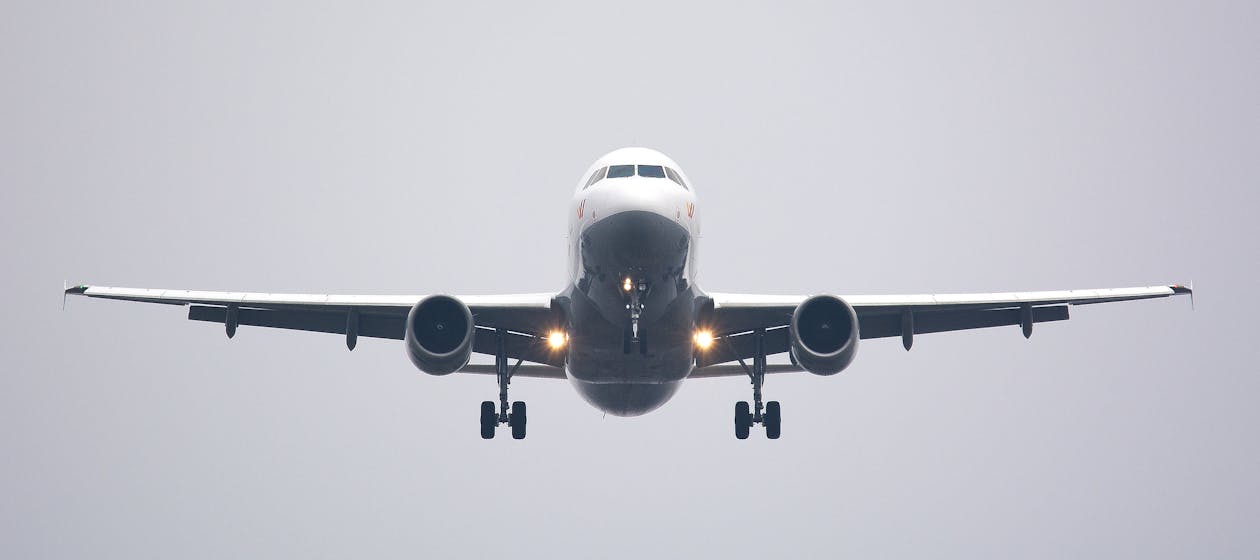FBW Technology
Fly-by-Wire (FBW) technology in airplanes represents a significant advancement in aircraft control systems, replacing traditional mechanical linkages with electronic interfaces. This technology enhances flight control precision, efficiency, and safety by relying on electronic signals to transmit pilot inputs to control surfaces. Here's a detailed explanation of Fly-by-Wire technology:
 |
| FBW Technology |
1. Traditional vs. Fly-by-Wire Systems:
Traditional Systems:
- In traditional aircraft control systems, mechanical linkages, cables, and hydraulics physically transmit pilot inputs to the control surfaces (elevators, ailerons, and rudders).
- Mechanical systems are generally reliable but can be heavy, complex, and may require intricate maintenance.
Fly-by-Wire Systems:
- In Fly-by-Wire systems, pilot inputs are converted into electronic signals, and these signals are then transmitted through wires to control the aircraft's actuators, which move the control surfaces.
- The electronic interface provides more flexibility in interpreting pilot commands and allows for advanced flight control features.
2. Components of Fly-by-Wire Systems:
Electronic Flight Control System (EFCS):
- The EFCS is the core of the Fly-by-Wire system. It comprises computers, sensors, and actuators that work together to interpret and execute pilot commands.
- The computers continuously monitor the aircraft's status, interpret pilot inputs, and adjust control surfaces to achieve the desired response.
Side-Stick Controllers or Control Columns:
- Instead of conventional control yokes, Fly-by-Wire aircraft often use side-stick controllers or control columns. These are electronic devices that sense the pilot's input and send corresponding signals to the EFCS.
Flight Control Laws:
- Fly-by-Wire systems operate under various control laws that determine how the aircraft responds to pilot inputs. These laws can be customized for different phases of flight (takeoff, climb, cruise, descent, and landing).
Redundancy Systems:
- Fly-by-Wire systems incorporate redundant components and systems to ensure safety and reliability. If one component fails, the system can seamlessly switch to backup components without compromising the aircraft's control.
3. Advantages of Fly-by-Wire Technology:
Enhanced Control and Handling:
- Fly-by-Wire systems allow for precise control of the aircraft, optimizing handling characteristics and responsiveness. Control inputs can be tailored to specific flight conditions, enhancing stability and maneuverability.
Envelope Protection:
- Fly-by-Wire systems can incorporate envelope protection features that prevent the aircraft from entering dangerous or destabilizing flight conditions. This adds an additional layer of safety by assisting pilots in avoiding stalls, spins, or excessive maneuvers.
Reduced Pilot Workload:
- Automation in Fly-by-Wire systems can reduce the pilot's workload by automatically adjusting control surfaces based on the aircraft's configuration and flight conditions. This allows pilots to focus on higher-level decision-making tasks.
Improved Fuel Efficiency:
- Fly-by-Wire systems enable the implementation of more efficient flight profiles. By optimizing control inputs, the system can contribute to fuel savings and reduced environmental impact.
4. Challenges and Considerations:
Cybersecurity:
- As Fly-by-Wire systems rely on electronic communication, ensuring cybersecurity is crucial to prevent unauthorized access and potential interference with flight control systems.
Pilot Training:
- Pilots transitioning to Fly-by-Wire aircraft may require specific training to familiarize themselves with the electronic interfaces and control laws.
Maintenance and Redundancy:
- Maintaining the reliability of electronic components and ensuring redundancy in critical systems are essential aspects of Fly-by-Wire technology.
5. Examples of Fly-by-Wire Aircraft:
Airbus A320 Family:
- Airbus A320, A330, A340, A350, and A380 feature Fly-by-Wire technology, enhancing control precision and operational flexibility.
Boeing 777 and 787:
- Boeing's 777 and 787 also incorporate advanced Fly-by-Wire systems, contributing to improved fuel efficiency and handling characteristics.
Fly-by-Wire technology has become a standard feature in modern commercial and military aircraft, reflecting its numerous benefits in terms of safety, efficiency, and overall flight performance. As technology continues to advance, Fly-by-Wire systems will likely play a crucial role in shaping the future of aviation.

